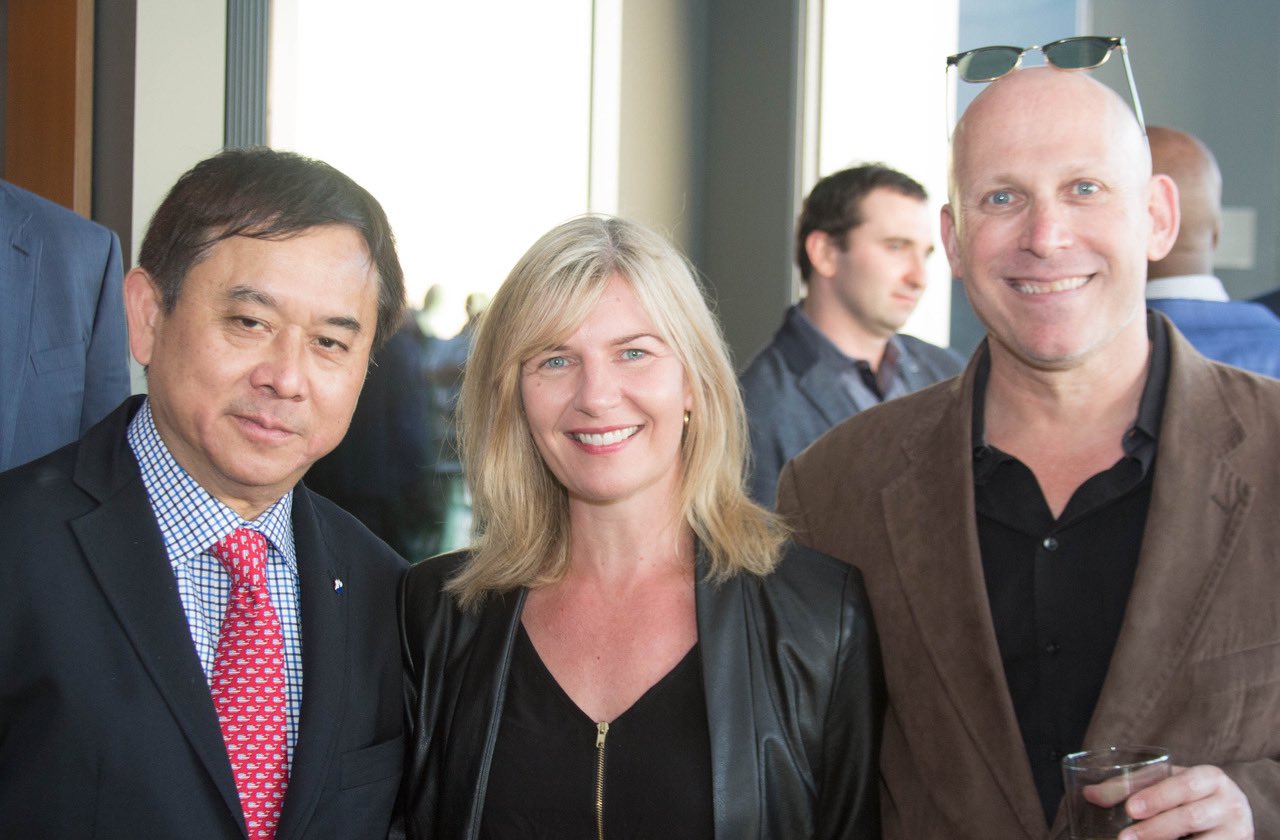Description
T. Hewett , J. Peterson , J. Groves , J. Keefer , R. Hamrick , C. Lavender
Marshall University, Huntington, United States
Topic: Knee - ACL
Objectives: The main objective was to examine countermovement jump (CMJ) and Vertical Hop (VH) measures to identify which landing measures can
best distinguish between "fertilized" anterior cruciate ligament reconstruction (fACLR) and sex, age, height, and weight-matched control participants. The
secondary objective was to determine whether performance alterations between operated and non-operated limbs exist during countermovement jump and
vertical hop activities after ACLR. The primary hypothesis tested was that fACL patients at the time of return to Sport (RTS) would not differ from sex, age,
height, and weight-matched controls during landing. The secondary hypothesis tested was that the performance of the operated limb of fACL patients at
RTS would not differ from the unoperated limb.
Methods: This case-control study included 31 patients with a novel "Fertilized ACL" or fACL technique that utilized an all-soft tissue quadriceps graft with
an all-inside technique, an internal brace (IB), and demineralized bone matrix (DBM) and bone marrow concentrate (BMAC). Patients were matched with
healthy controls in a 1:11 ratio based on age, sex, weight, and height. The ACLR group (n=31) and the control group (n=341) underwent biomechanical
screening and groups were compared during a counter-movement jump (CMJ) and each patient's unoperated and operated limbs were compared to their
uninvolved limb for vertical hop (VH).post-fACL (x̄ = 196.5 days or 6.5 months) using a Sparta Science Force Platform (SSFP). Linear regression modeling
was employed to analyze output data.
Results: The fACL patients exhibited no difference in COP during landing CMJ and VH when compared to controls (P=0.27) and the uninvolved limb
(P=0.26), respectively. The fACL also patients exhibited increased braking impulse relative to the uninvolved limb during SLJ (P<0.001). Similarly,
deceleration upon landing of CMJ was increased compared to matched controls (P<0.001). With regard to performance-related variables, fACL patients
demonstrated slightly slower concentric time during a CMJ when compared to controls (P= 0.03). Concentric time was significantly slower when compared
to the uninjured leg (p<0.001). Also, fACL patients demonstrated decreased CMJH compared to controls (p < 0.001) with a unique bimodal distribution.
Finally, fACL patients showed decreased injured SLJ height compared to uninjured limb (p < 0.001), with a similar bimodal distribution observed in both the
operated and non-operated limbs.
Conclusions: These fACL patients did not demonstrate significant differences in landing motion compared to matched controls or the uninvolved leg.
However, significant power and performance alterations were still apparent at the time of RTS after ACLR. Though these exciting findings with this novel
ACL reconstruction technique are quite promising, these results may be too preliminary to draw definitive conclusions, but both double and single-legged
assessments should be considered in return to sports decision-making after ACLR.




